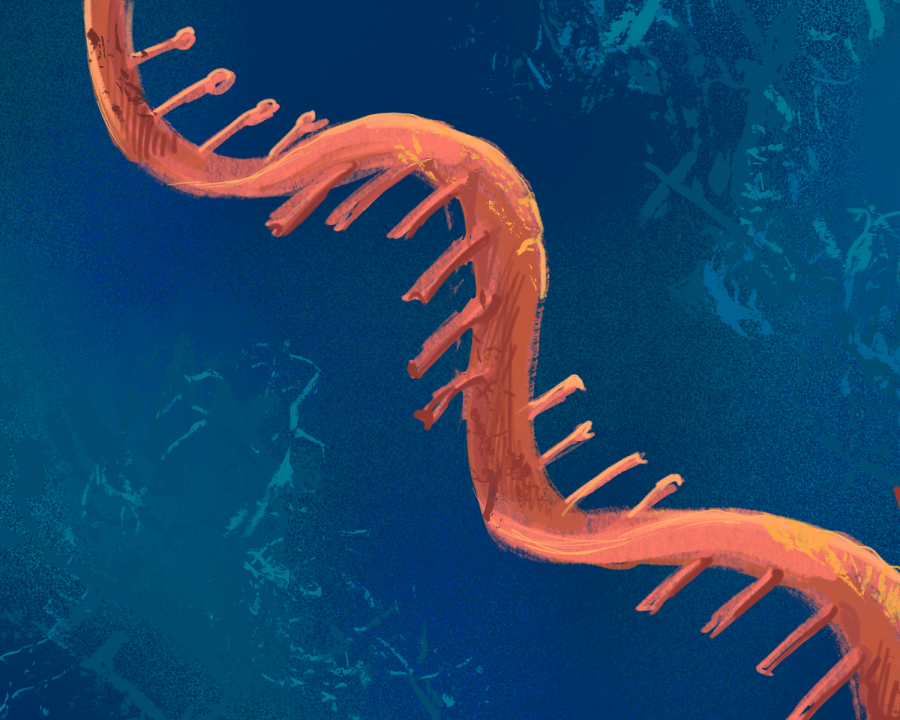UT researchers gain new insights into indicators of alcohol use disorder
November 29, 2022
Developments in the field of identifying RNA characteristics could be used to diagnose alcohol use disorder, according to UT researchers.
In a recently published review, scientists looked into developments of technology that are capable of analyzing the transcriptome, or all RNA sequences, inside of a cell.
The National Institute on Alcohol Abuse and Alcoholism defines alcohol use disorder, or AUD, as “a medical condition characterized by an impaired ability to stop or control alcohol use despite adverse social, occupational or health consequences.” Lead author Laura Ferguson said she was inspired to research how alcohol alters brain gene expression and creates “behaviors of addiction.”
Earlier in the year, Ferguson published a study looking into biomarkers, which are measurable substances that can act as signs of a condition or disease. Ferguson’s study focused on finding biomarkers in RNA in the brains and blood of mice that could indicate alcoholism.
“In the blood of people who have alcoholism, if you compare that to those who don’t, there’s massive dysregulation of these RNA levels of gene expression,” Ferguson said.
Though scientists were able to observe biomarkers in the brains of mice, Ferguson said the study’s process of identifying these biomarkers would not be able to be replicated in humans as it is too invasive.
“I realized that if we’re ever going to use these genomic approaches for people, we need a more accessible transcriptome because we can’t get brain tissue from patients,” Ferguson said. “I wanted to see if particularly RNA markers in blood, or even better yet, saliva could be useful as not just diagnostic biomarkers, but also prognosis of disease progression, or to tell whether or not someone may respond to a treatment.”
Neurology professor Robert Messing said that testing for RNA biomarkers could help provide results that are more reliable than current measures of diagnosing AUD.
“All we have right now is self-report, which is very noisy,” Messing said. “It’s got some issues as far as how solidly accurate it is, so it creates a lot of noise, which makes it difficult to run these trials. … It would just create more objective information that people will then follow.”
Ferguson said that eventually, technology similar to existing genetic tests could help provide even more credibility in the process of diagnosing AUD. Having a test to diagnose AUD, Ferguson said, can help break down the stigma related to the disorder.
“I think that people respond to these more objective measures to have a diagnosis (of AUD). … We have ways to diagnose right now, but one problem is that they’re subjective,” Ferguson said. “There’s a test and there’s a molecular basis for this. And it’s real. It’s not some just psychological problem I can just snap out of. It’s a real manifestation. It’s a real illness.”






